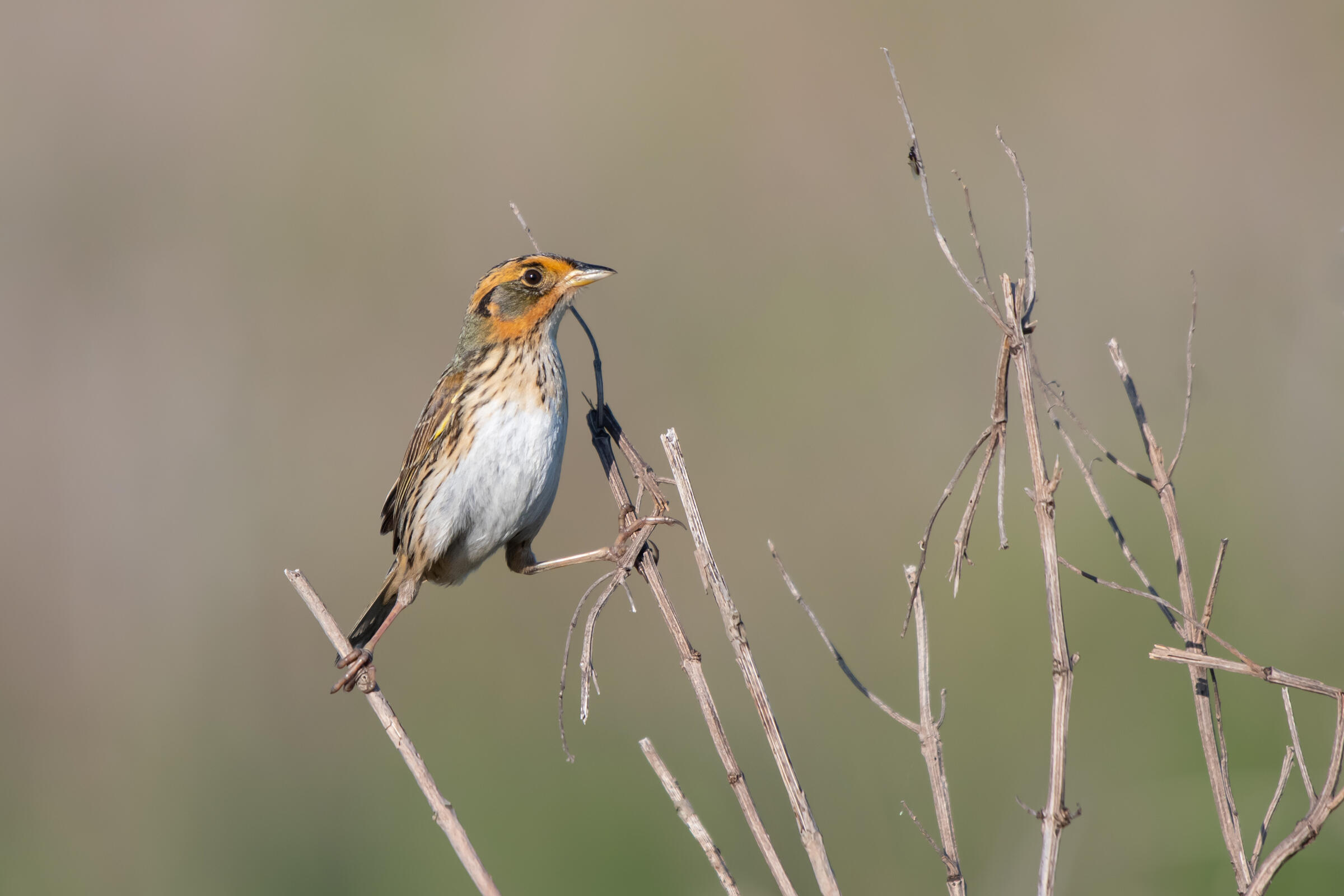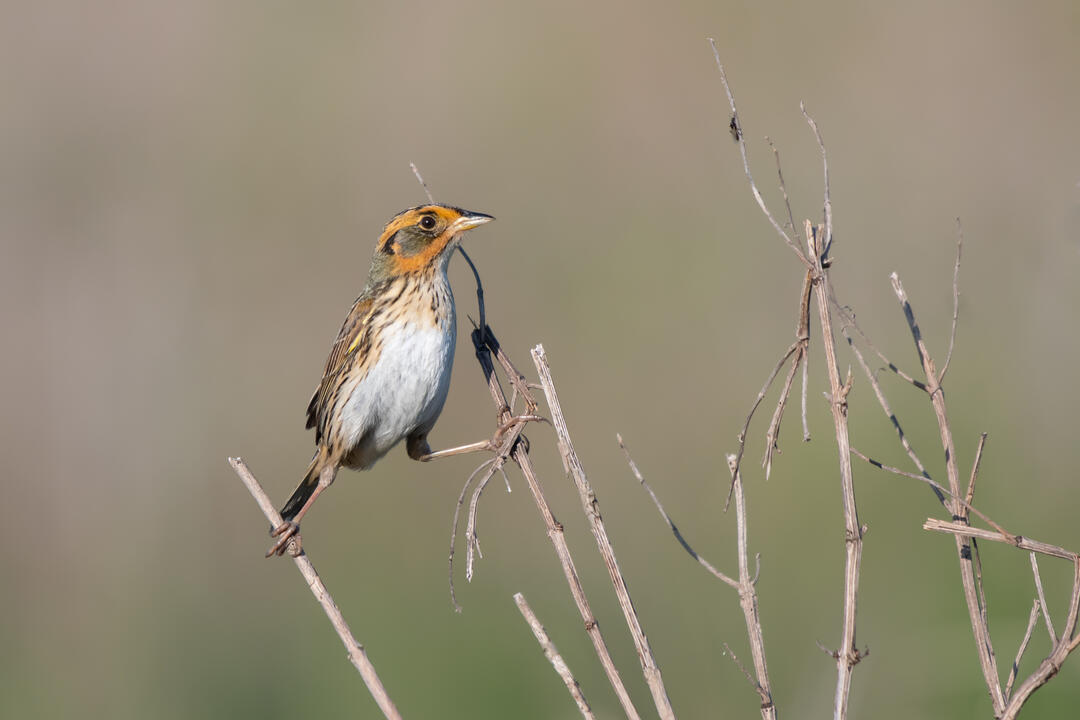While the final outcomes of this year’s legislative session in South Carolina are still uncertain, we have some local wins in the Lowcountry that we can celebrate.
Audubon’s Charleston chapter, the Charleston Natural History Society, has led the effort to get both Charleston and Dorchester Counties to adopt a prescribed fire resolution in the last few months. This resolution represents a commitment by county leadership to support the use of prescribed fire. Prescribed fire is not only a critical tool for land managers and essential to prevent wildfires for the safety of nearby communities, but it is important for maintaining healthy forest ecosystems like Longleaf Pine savannas. These fire-dependent landscapes are home to birds like the Red-cockaded Woodpecker, Bobwhite Quail and other iconic species.
In Beaufort County, history was made when the County Council unanimously voted to use $1 million of its recently created Greenspace fund to partner in the conservation of land outside their county boundaries in neighboring Jasper County. This investment in landscape scale and watershed conservation is an example we hope to see replicated across the state. Audubon SC helped pass the authorizing state legislation and supported the referendum to adopt this program in Beaufort County. This project will protect the area's rural character and bring water quality and flood mitigation benefits to the entire region. Within the more then 4,400 total acres, there are corridors for marsh migration - which are essential for birds like Saltmarsh Sparrows, Clapper Rails, and American Oystercatchers - and represent a priority conservation landscape for Audubon. This new conserved area is now part of a larger 30,000-acre protected landscape of private and public lands connecting the ACE Basin and the Lower Savannah River Basin.
We are still hard at work at the State House advocating for our 2024 priorities. If you are not already speaking up for birds in SC, here are four things you can do right now:










